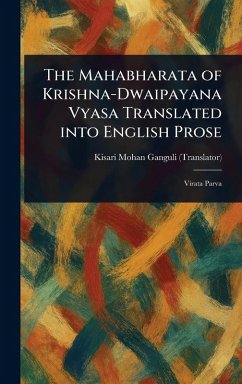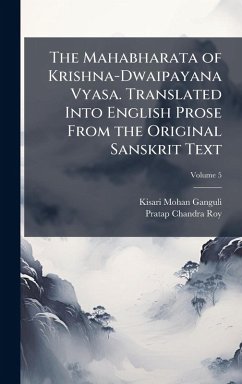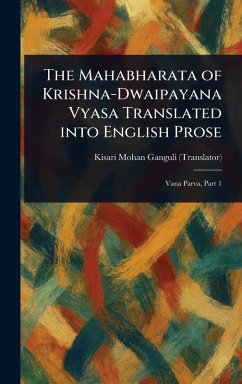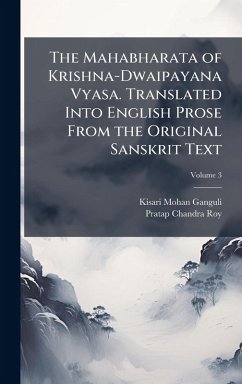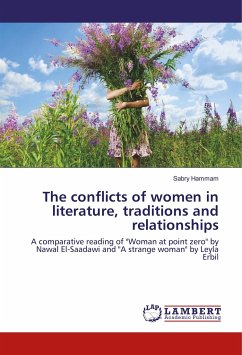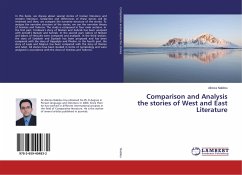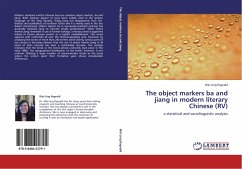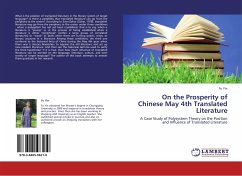
On the Prosperity of Chinese May 4th Translated Literature
A Case Study of Polysystem Theory on the Position and Influence of Translated Literature
Versandkostenfrei!
Versandfertig in 6-10 Tagen
32,99 €
inkl. MwSt.

PAYBACK Punkte
16 °P sammeln!
What is the position of translated literature in the literary system of target language? Is there a possibility that translated literature can go from the periphery to the center? According to Even-Zohar (Zohar, 1978), translated literature may go from the periphery to the center under three conditions : when a polysystem has not yet been crystallized, that is to say, when a literature is young or in the process of being established; when a literature is either peripheral (within a large group of correlated literatures) or weak or both; when there are turning points, crises, or literary vacuum...
What is the position of translated literature in the literary system of target language? Is there a possibility that translated literature can go from the periphery to the center? According to Even-Zohar (Zohar, 1978), translated literature may go from the periphery to the center under three conditions : when a polysystem has not yet been crystallized, that is to say, when a literature is young or in the process of being established; when a literature is either peripheral (within a large group of correlated literatures) or weak or both; when there are turning points, crises, or literary vacuums in a literature. Among these conditions, the third one conforms to the historical facts of China during the May 4th span when there was a Literary Revolution to oppose the old literature and set up new modern literature. And then can the historical facts be used to verify the third hypothesis? If it is true, then how much influence of translated literature can be exerted on the language, literature, culture, and even society of target language? The author of this book attempts to answer these questions in her research.




